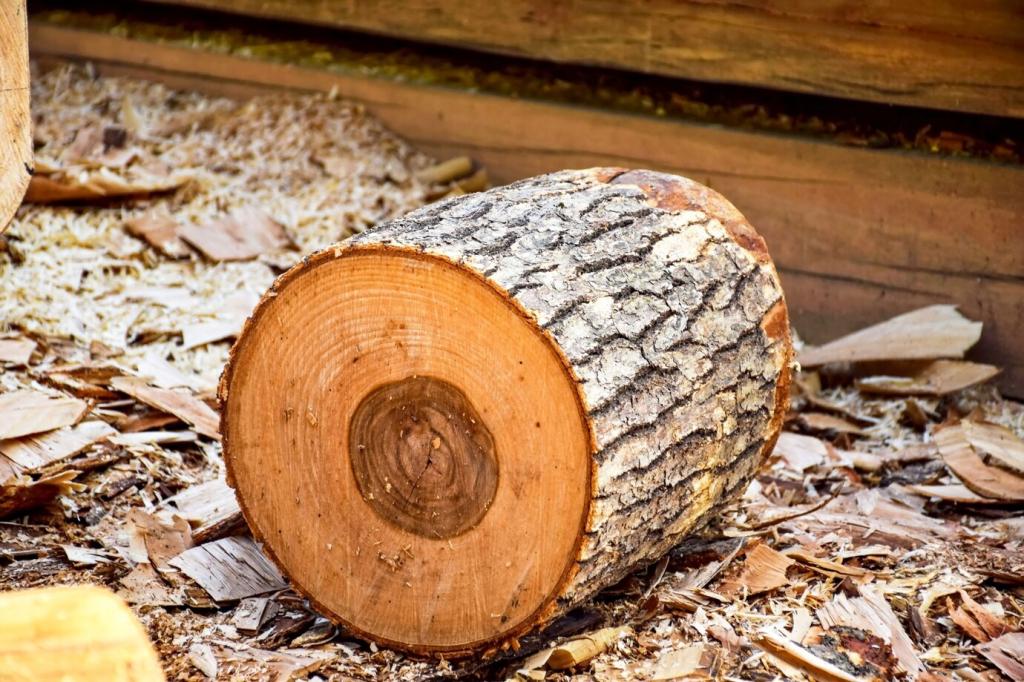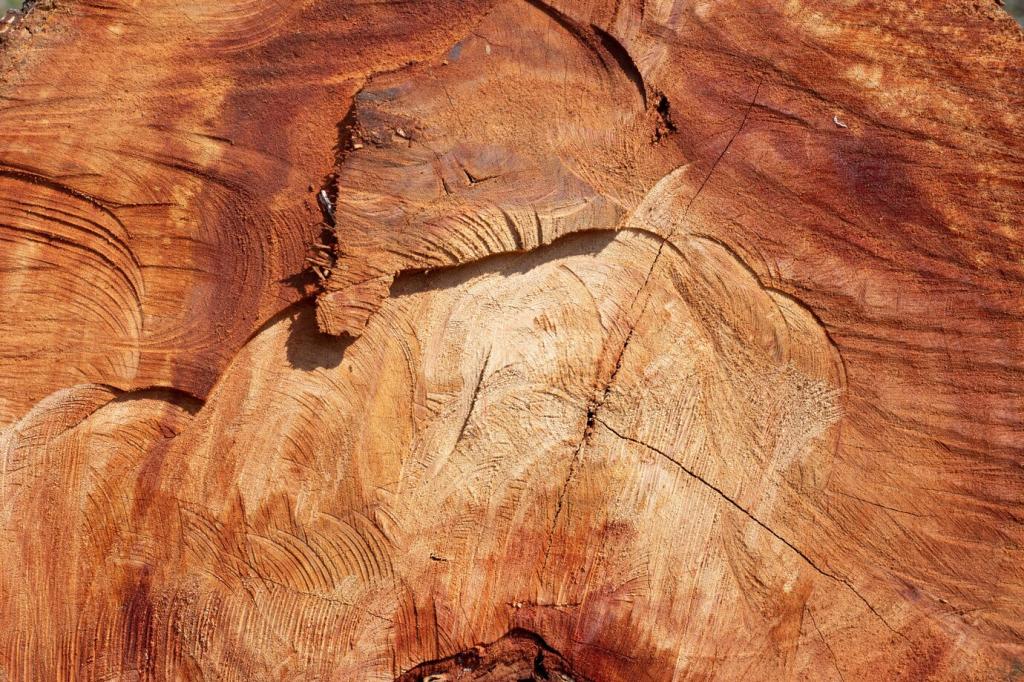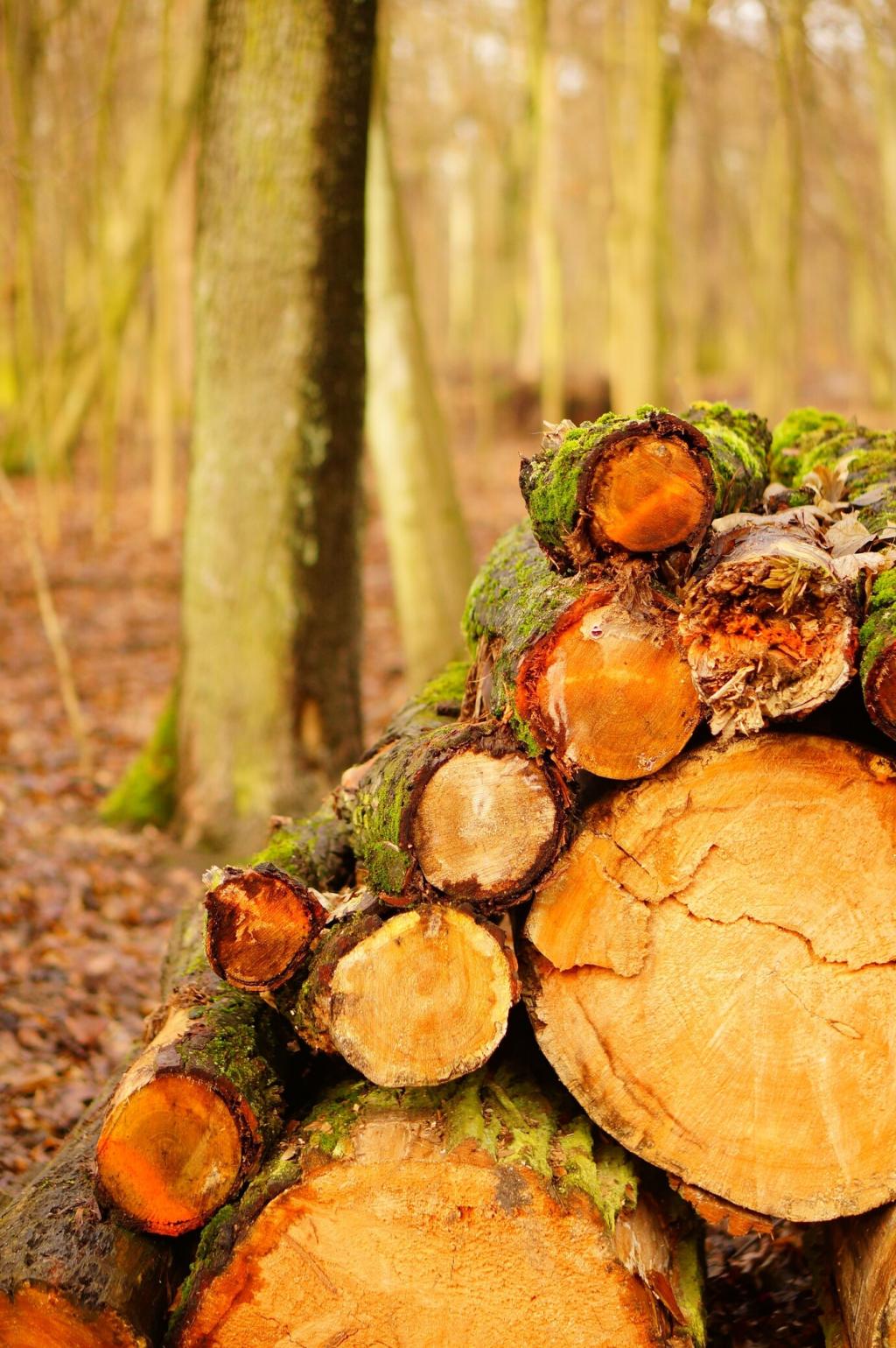
Citrus-Based Wood Cleaners: Bright Shine, Gentle Care
Chosen theme: Citrus-Based Wood Cleaners. Welcome to a fresh, zesty space where science meets home comfort to help your wooden treasures glow without harsh fumes or residue. From smart chemistry to practical routines, we share real stories, trusted techniques, and simple recipes. Join the conversation, leave your questions, and subscribe for weekly citrus-powered tips.

Safe Application, Real-Home Tips
Before your first full clean, do a simple patch test. Dab a tiny amount of citrus cleaner on an inconspicuous spot, wait a minute, and wipe dry. Check for dulling or softening. This tiny ritual prevents big regrets and builds confidence for regular care. Tell us where you like to test!

DIY Citrus Wood Cleaner Recipes That Work

Combine 2 cups distilled water, 1 teaspoon pH-neutral dish soap, and 10–12 drops orange or lemon essential oil. Shake before each use or add a few drops of a natural solubilizer. Mist the cloth, not the wood, then wipe with the grain and dry immediately. Comment if you prefer orange or lemon!
Kitchen Grease Film
On cabinet doors, mist your cloth with the everyday citrus spray and sweep along the grain. Rinse the cloth often, switching to a fresh side as it loads up. For stubborn corners, a soft-bristle brush helps. Finish by drying thoroughly. Share your favorite cabinet rescue stories in the comments!
Water Rings vs. Residue
Citrus cleaners lift oily residue beautifully, but white water rings are moisture trapped in the finish. Use gentle heat from a hair dryer on low and keep it moving, then follow with a whisper of citrus wax polish. If you succeed, post a photo and your step-by-step in our thread.
Musty Drawer Interiors
Wipe interior sides lightly with a citrus-diluted cloth, dry with airflow, and place a small sachet of dried citrus peel nearby for a week. Avoid soaking raw wood. Many readers swear by a single drop of orange oil on a cedar block tucked inside. What subtle deodorizers work for you?
Upcycled Citrus Byproducts
Look for formulas that source d-limonene from upcycled juice-industry peels. It reduces waste while providing high-quality solvent power. Packaging matters too: concentrates in recyclable bottles cut shipping emissions. If you have a favorite eco-forward brand or refill station, drop a recommendation to help our community buy better.
Read the Label Like a Pro
Seek pH-neutral, silicone-free, and dye-free citrus cleaners with biodegradable surfactants. Avoid heavy silicones that create shine but trap dirt. Clear ingredient lists signal trustworthy makers. Certifications and transparent testing notes are a plus. Found a label that impressed you? Tell us what sold you and why it delivered.
Fragrance and Sensitivity
Even natural citrus oils can be sensitizers. Start with low fragrance levels and gloves if your skin is reactive. Consider unscented or lightly scented versions for nurseries and pet zones. Ventilate, clean, then let surfaces dry fully. Share your comfort-first strategies so others can learn from your experience.

Your Citrus Wood Care Routine, Simplified
Dust weekly with a dry microfiber to keep abrasives off the surface. Do a light citrus clean monthly or after messy cooking days. Always dry to a soft sheen. My grandmother’s walnut table beamed after this rhythm—steady, simple, kind. What cadence makes your furniture look its happiest?
Your Citrus Wood Care Routine, Simplified
Each spring and fall, tackle door frames, chair backs, and hidden edges with a careful citrus pass, followed by a thin wax polish where appropriate. Keep humidity moderate to avoid wood movement. As seasons shift, share your regional tips—desert, coastal, or snowy—so everyone can adapt confidently.
Your Citrus Wood Care Routine, Simplified
Have a citrus cleaner brand you trust, or a recipe that finally cracked that gummy handle? Drop your notes, ask questions, and subscribe for fresh, hands-on guides. Your stories turn tips into know-how, and together we keep wood glowing—without harshness, fumes, or unnecessary steps.
